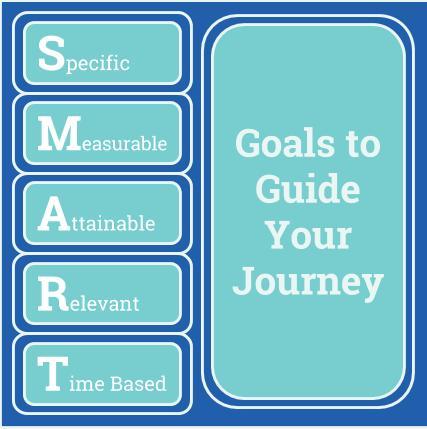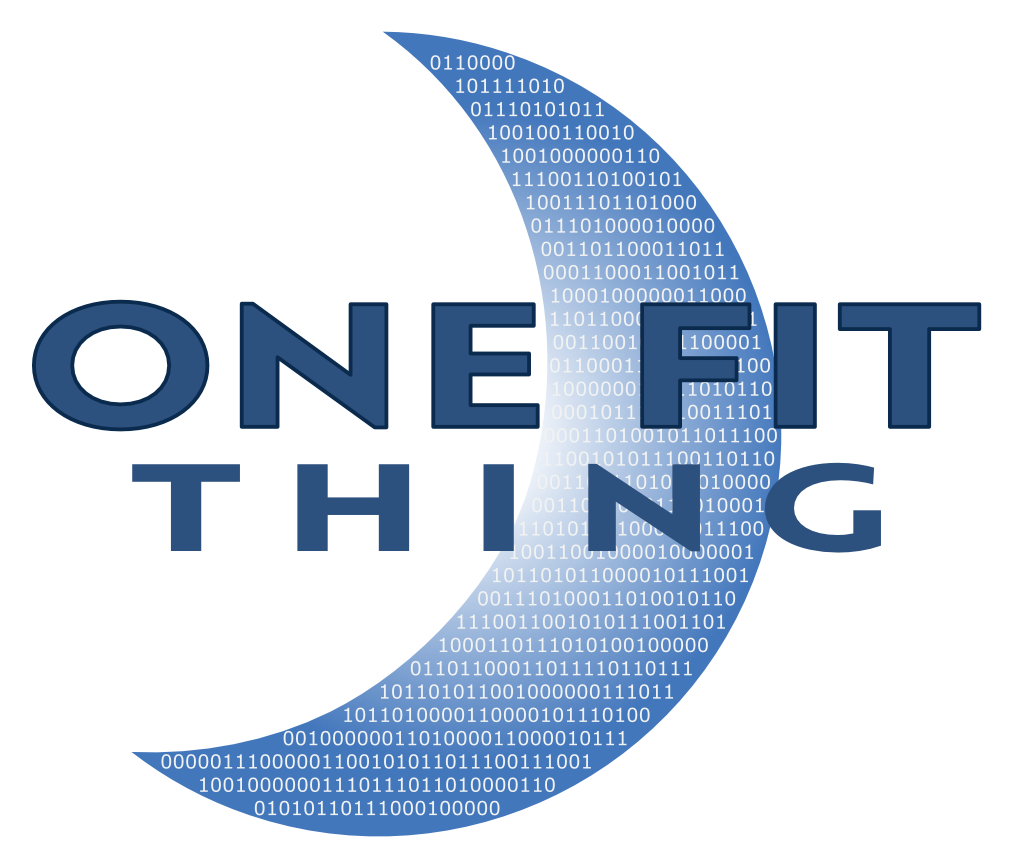SMART Goals to Guide your Journey

SMART Goals
Below I have provided a synopsis of a few sites with good explanations/examples of SMART goals to guide your journey. Essentially they are a way to achieve the next step. Once you pick a One Fit Thing Pillar, like WATER, you can then make a very specific goal. If you already have experience making goals then read SMART Goals Tools for your Journey
Example
I will drink 8 glasses of water every day.
Is this goal specific? Yes. I am drinking 8 glasses of water every day. But what size is the glass?
I will drink an 8 ounce glass of water 8 times a day.
Better. Will you do this every day? For 1 week? 3? 6?
I will drink an 8 ounce glass of water 8 times each week day for 4 weeks.
Good.
- It’s Specific. (Who, What, Location, When, Which and Why)
- It’s Measurable. (I know for sure if I made this goal.)
- It’s Attainable. (I am willing and able to do this)
- It’s Realistic. (I believe I can do this)
- It’s Time Based. (I have a sense of urgency to achieve this goal)
Article: A SMART guide to Goal Setting
- Specific – Goals should be clear and easy to understand
- Measureable – You need to add a number so you can see your progress
- Attainable – Your goals should be hard but not impossible.
- Relevant – You need to own your goal and it needs to make sense in your life.
- Time-Bound – When should do you want to achieve your goal?
Article: How to set SMART goals
- Ask yourself three questions
- How big is your goal?
- What will it take to achieve my goal?
- Can I achieve my goal?
- Example 1
- Unrealistic goal – I will compete in a triathlon next month
- Realistic goal – I will compete in a 5k in the next 3 – 6 months
- Example 2
- Unrealistic goal for a sedentary person – I will go to the gym every single day
- Realistic goal – I will be active AT LEAST 10 minutes each day
- Example 3
- Unrealistic goal for novice exercise – I will do the same workout I did in highschool
- Realistic goal – I will meet with a trainers once a week for a month and follow a routine two times per week
- Reward Yourself!
- Update your goals as you achieve success.
Article: How to Not Suck at Goal Setting
- Be Specific – If you want to lose weight, how much do you want to lose? Pick a number and a date. As the Chesire Cat famously states in Alice in Wonderland, “If you don’t know where you’re going, any road will get you there.”
- Record your specific goal and display it where you will see it every day. Keep your goal(s) in the front of your mind.
- Are you insane?
- They say the definition of insanity is doing the same thing over and over again and expecting different results.
- Are you starting the same program over and over and never able to complete it? Do you need a different program?
- Track you Progress
- Track your weight weekly.
- Measure your waist, hips, chest, legs etc.
- Track your workouts – If you know what you did yesterday, then you know what you have to do better today.
- Adjust on the Fly
- If your goals was to lose 80 pounds and you lost 75 but gained muscle then adjust your goal.
- Make adjustments as you need to. You may lose more weight at the beginning and find that last pound takes longer.
- Decide why you want it
- Your motivation can come from anything and anywhere, but it needs to be YOURS.
- Go Public
- Telling others what you plan will help you stick to your plan.
- Find a way to build a support group with friend, co-workers, online groups etc.
- Yesterday is gone
- It doesn’t matter where you start. Everyone starts somewhere.
Build your own epic destiny, pick a super power, and start becoming superhuman.
Article: How to Get SMART About Goal Setting
- Specific
- Who: Who is involved?
- What: What do I want to accomplish?
- Where: Identify a location.
- When: Establish a time frame.
- Which: Identify requirements and constraints.
- Why: List specific reasons, purpose or benefits of accomplishing the goal.
- Measurable
- How much?
- How many?
- How will I know when it is accomplished?
- Attainable
- Plan your steps wisely
- You will grow and expand to reach ever harder goals
- When you list your goals you see yourself worthy of attaining them
- A is also for Accountable
- Stick to your goals even when it’s hard
- Realistic
- Are you willing and able to achieve this goal?
- The goal should challenge you
- Harder goals are more motivating
- Timely
- Goals need a sense of urgency
- T is also for Tangible
- Can you experience the goal with one of your senses? Taste, Feel, Smell, See, Hear?
- Examples
- I will eat 5 servings of fruits and vegetables daily for at least 4 days per week on Mondays, Tuesdays, Thursdays and Fridays.
- I will drink at least 64 oz of water per day, at least 5 days per week. I will drink a glass of water before drinking anything else; furthermore I will have water with every meal.
- I will work out by doing the cardiovascular activity of walking 3 days per week on Mondays, Wednesdays and Fridays. I will do this at the gym for 30-45 minutes from 5:45 pm – 6:30 pm. I will pack my gym clothes with me and bring them to work for no excuses.
- I will take one hour for myself every evening of the work week to turn off my work phone and computer. During this time, I will do something for me, spend time with my family, read a book, meditate or do something physically active around the house.




